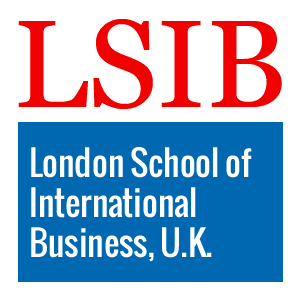Advanced Certificate in Accessible Environmental Design
Published on June 23, 2025
About this Podcast
HOST: Welcome to our podcast, everyone! Today, I'm thrilled to be talking with an expert in the field of accessible environmental design. Can you tell us a bit about your experience and why this topic is so important to you? GUEST: Thanks for having me! I've worked as an architect for over 15 years, and I've seen firsthand how crucial it is to create inclusive spaces that consider the needs of all users. It's not just about complying with ADA regulations; it's about making our environment welcoming and accessible to everyone. HOST: Absolutely, it's about creating a sense of belonging for everyone. Now, let's discuss the Advanced Certificate in Accessible Environmental Design. What are some key principles or topics covered in this course? GUEST: The course focuses on universal design principles, ADA compliance, and sensory considerations. We also delve into inclusive design, assistive technologies, and sustainable building practices. It's a comprehensive program that equips professionals with the skills needed to advance their careers and transform the way they design. HOST: That sounds fantastic. Could you share any current industry trends related to accessible environmental design? GUEST: Certainly! There's a growing emphasis on biophilic design, which incorporates natural elements into built environments. This approach can have tremendous benefits for individuals with various abilities, promoting mental and physical well-being. HOST: That's fascinating. Now, what are some challenges faced in this field or while learning or teaching this subject? GUEST: One challenge is overcoming misconceptions about accessible design. Some people think it's an added expense or that it compromises aesthetics. In reality, incorporating universal design principles can lead to more innovative, functional, and beautiful spaces. HOST: It's crucial to change those perceptions. Finally, how do you see the future of accessible environmental design? What changes or advancements can we expect? GUEST: I believe we'll continue to see a shift toward more inclusive and sustainable design practices. Technology will also play a significant role, with advancements in assistive technologies and smart building solutions. By staying informed and committed to accessible design, we can create environments that truly benefit everyone. HOST: Thank you so much for sharing your insights and experiences with us today. For our listeners who want to learn more about the Advanced Certificate in Accessible Environmental Design, where can they find more information? GUEST: They can explore the program details and register for the course on our website. I encourage anyone interested in enhancing their design skills and creating a more inclusive world to consider this exciting opportunity. HOST: That's wonderful. Thank you again, and we look forward to seeing the positive impact this course will have on the design industry. Until next time, everyone!
